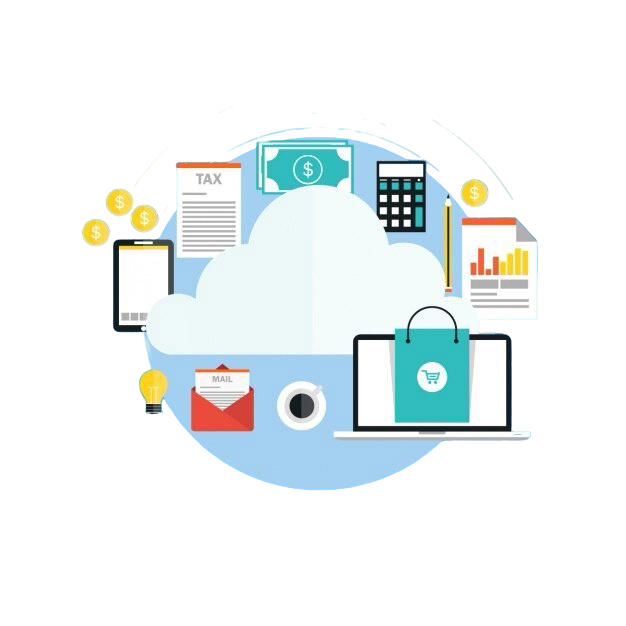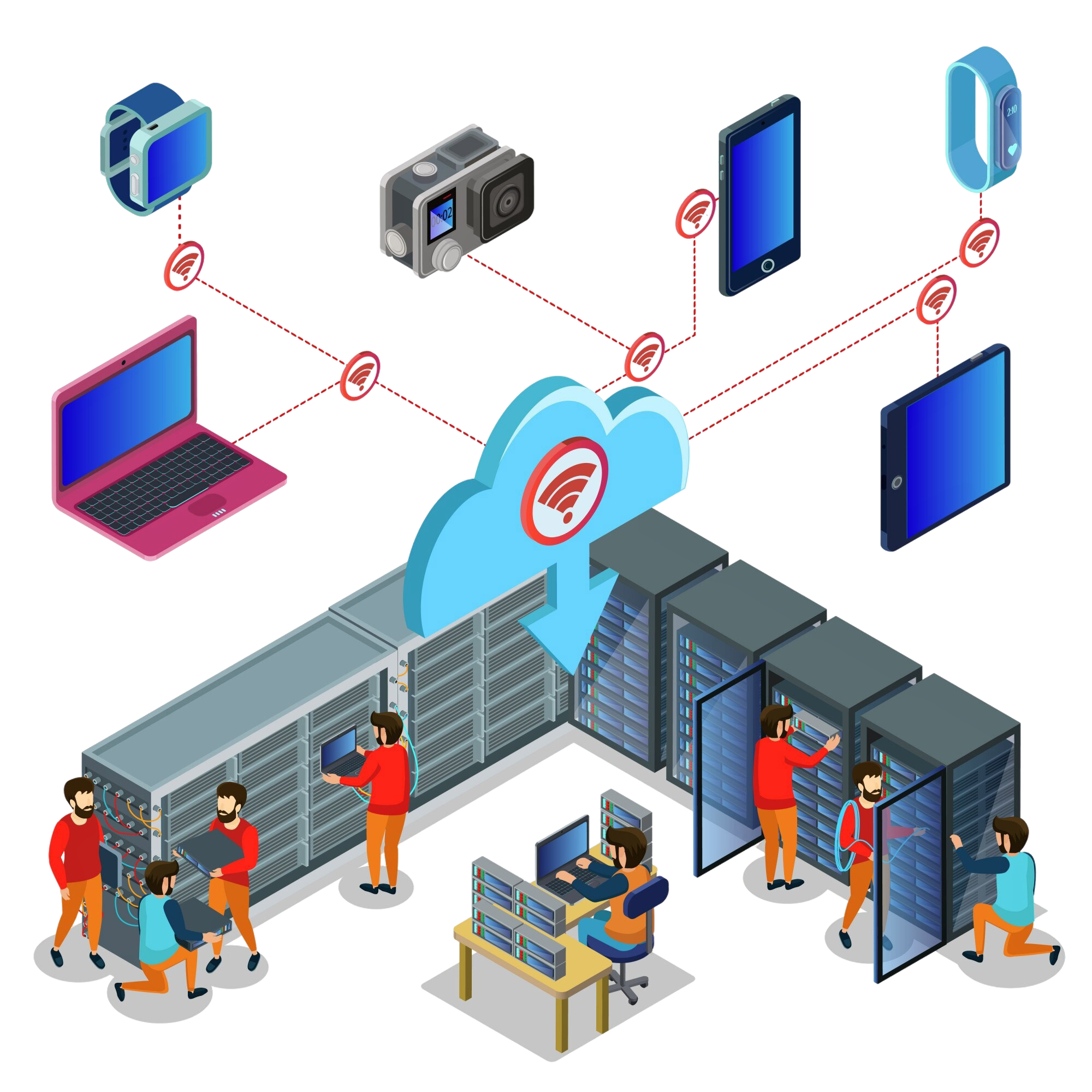How Secure is Tally Cloud? Data Protection Explained
If you’re considering moving your accounting to the cloud, the big question is, How safe is my financial data on Tally Cloud

If you’re considering moving your accounting to the cloud, the big question is, How safe is my financial data on Tally Cloud? It’s a fair concern—accounting ledgers, payroll, and GST records are among the most sensitive assets a company owns. This guide explains, in plain language, the security measures behind Tally on Cloud, addresses common worries, and shows why modern cloud hosting is often safer than keeping Tally on a local PC or server.
The short answer
Tally Cloud can be extremely secure—when it’s built and managed using standard enterprise security practices. Encryption, access controls, isolation, automatic backups, network protections, monitoring, and tested disaster-recovery plans are the pillars that keep your data safe. Read on for what each of these actually means for your business.
Six core security layers for Tally on Cloud
Encryption: in transit and at rest
- In transit: Data moving between your device and the cloud is protected by TLS (the same technology used by banks and e-commerce sites). That prevents eavesdropping if someone intercepts the connection.
- At rest: Files and databases stored on cloud disks are encrypted so, even if a storage device is compromised, the data remains unreadable without the encryption keys.
Strong identity & access controls
Role-based access limits what each user can see or do in Tally. Everyone receives the least privilege they need: a clerk won’t have the same rights as the CFO. Multi-factor authentication (MFA) is recommended for all admin accounts—so a password alone won’t grant access.
Keeping the network safe and separate
Hosted Tally instances run in separate virtual networks that have strict rules for firewalls. This means that the public internet can’t see your Tally server directly.
- Virtual Private Networks (VPNs) and secure remote desktop gateways are two more ways to keep access safe.
- Firewalls, DDoS protection, and intrusion prevention
- Distributed Denial of Service (DDoS) defences keep your service from going down when there is a lot of traffic flooding.
- Web and network firewalls block bad traffic, and intrusion detection systems let teams know when something strange is happening.
- Constant logging, monitoring, and responding to incidents
- Security teams check logs around the clock for strange activity, like failed logins or strange patterns of file access.
- A pre-planned response plan will contain the threat, restore service, and let stakeholders know if something happens.
- Backups, redundancy, and getting back on track after a disaster
- You can restore files if they are accidentally deleted or corrupted if you have automated, encrypted backups with versioning.
If one site has hardware or power problems, your Tally will still be available because it is stored on multiple physical servers/data centers.
Answering common questions
“What about data leaks?”
Most modern cloud providers use a defence-in-depth model. Breaches in a properly configured cloud environment are rare. Encryption, strict access controls, and proactive monitoring greatly reduce risk.
“Can my employees access Tally from outside the office?”
Yes—and that’s a benefit. With Tally on Cloud, you can securely enable remote access, control who connects, and enforce MFA and IP whitelisting so only authorised users can log in.
“Is my data stored in India?”
If data residency is important (for compliance or policy), choose a cloud provider or plan that stores your data in Indian data centers. Always confirm data location before signing up.
“Do I lose control by moving to the cloud?”
No. You retain control of your Tally application, user accounts, and backups. Cloud hosting simply removes hardware maintenance and adds professional security management.
How to verify a secure Tally Cloud provider
Before you move your accounts, ask prospective providers these simple questions:
- Do you use TLS for all remote connections to Tally?
- Are backups encrypted, versioned, and stored offsite?
- Do you offer MFA and role-based access control?
- Where are the data centers located (data residency)?
- Do you run 24/7 security monitoring and have an incident response plan?
- Can you provide an SLA for uptime and data recovery times?
- Do you perform regular penetration tests and patch management?
A trustworthy provider will answer clearly and provide test reports or documentation on request.
Why Tally on Cloud is often safer than local hosting
Running Tally on a single office PC or an unmanaged server exposes you to many risks: hardware failure, theft, power outages, inconsistent backups, and limited IT staff to respond to incidents. Moving to a professionally managed Tally Cloud environment transfers those responsibilities to a team whose business is maintaining security and uptime—24/7.
Final takeaway
Tally Cloud can be very secure—but security always depends on the implementation and operating of the cloud service. Always ask about the standards a provider uses to operate the cloud and always look for providers who are following enterprise best practices: encryption, strong access controls, network isolation, proactive monitoring, and a backup and recovery plan. Ask questions and verify documentation to find a partner who puts data protection as a priority.
If you are ready to secure your accounting and making Tally accessible, take a look at a trusted service provider and find out how Tally on cloud secure your business while improving accessibility and collaboration:





